I've done some measures of S parameters with a VNA a long time ago. I'm not an expert om this, but I remember the procedure of calibration, which was using, for a single port, the three lumped elements open (infinite impedance,) short (0 impedance) and load.
Let's consider a coaxial cable which connects the VNA to your device under test. For the calibration procedure, we should use a component called "open" instead of simply leaving the coaxial cable floating (which from a circuital point of view is equal to open) because at high frequencies such a cable radiates. So, the coaxial cable radiates some power to the air, and this means that even if it is left open, it works as if it was loaded with a radiation resistance of the coaxial cable acting as an antenna.
For this reason, we must use the "open" component to get accurate results. The explanation I've written is that I've received at university.
How is the "open" component internally made? From the previous description, it should be something preventing the coaxial cable from radiating whilst having infinite circuital impedance.
